Explore the 23 Battle Master maneuvers, their uses in combat, and how to maximize their effectiveness in different playstyles.
Maneuvers are the heart of the Battle Master 5e subclass in Dungeons & Dragons, turning a basic fighter into a tactical powerhouse. With a single swing, you can use these special skills, which are powered by superiority dice, to take control of the battlefield, strengthen your attacks, or assist your allies. This guide helps you select the best moves for your fighter by breaking down each one and highlighting the finest selections. Whether you’re new to the subclass or refining your build, you’ll find everything you need to master combat here.
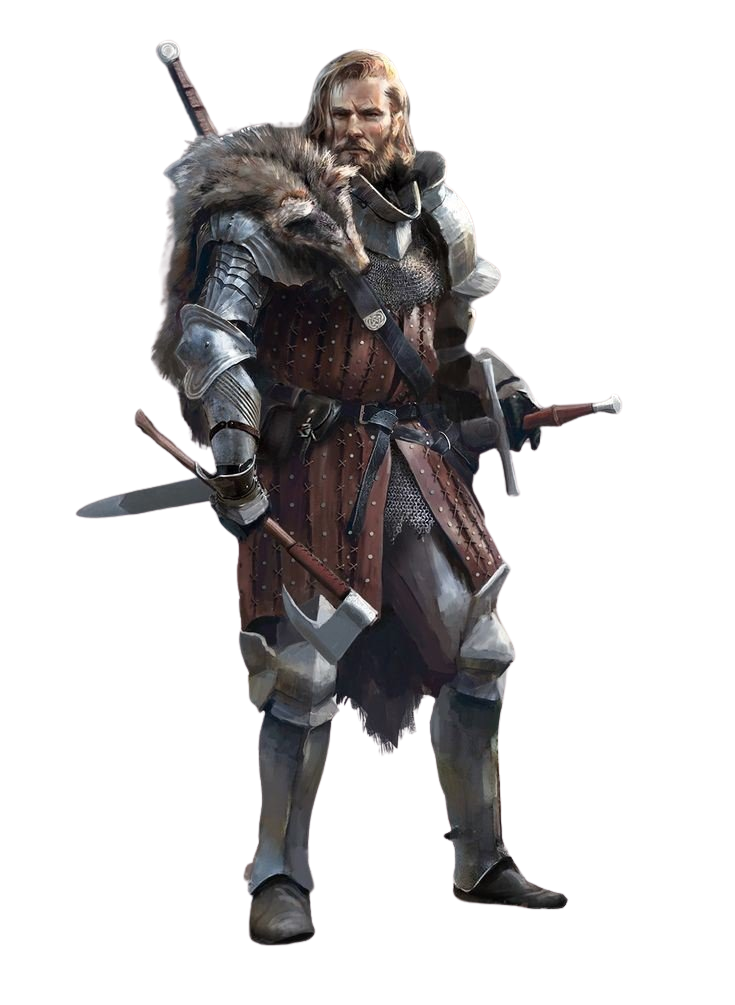
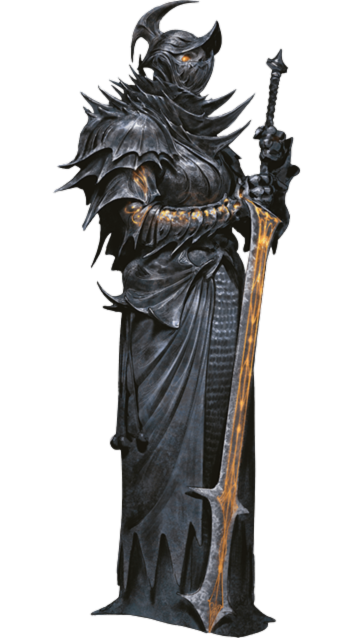
Maneuvers are unique combat techniques you unlock at level 3 as a Battle Master. You start with 3, choosing from a pool of 23, and use superiority dice (d8s at first, scaling to d12s) to activate them. Every move gives your assaults an effect, such as increased damage or a tactical edge, which makes every battle more interesting. As you level up, you’ll acquire more moves, reaching nine at level 15, which will give you a more flexible toolkit.
Not all maneuvers are created equal—some stand out for their power and versatility. Here are three of the best, rated highly for their impact:
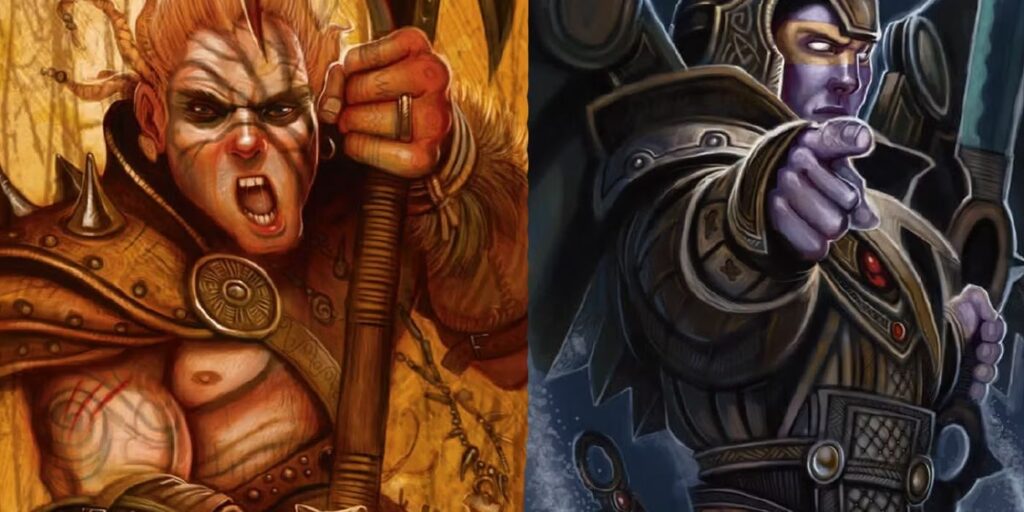
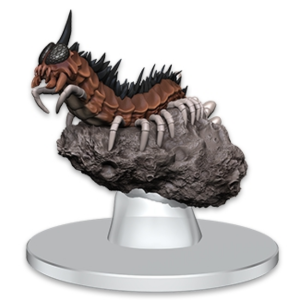
Enhances your attack roll with a superiority die, making it ideal for opponents with strong AC. This guarantees you don't miss when you need to land a crucial hit.

Gives you and your allies a melee advantage by knocking foes prone and dealing an additional die of damage. When it comes to major threats, it is revolutionary.
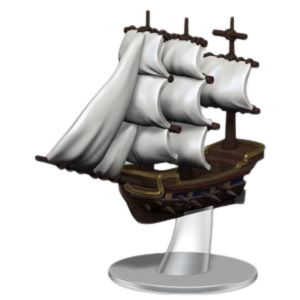
Throws a net or weapon as a bonus action, restraining targets or adding damage. Pair it with a net to lock down enemies fast.
Here’s a rundown of all 23 maneuvers, including their effects and ratings (Red = situational, Orange = decent, Green = good, Blue = great). Use this to plan your fighter’s toolkit:
Here’s a quick reference table for some highlights:
Maneuver | Effect | Rating |
|---|---|---|
Precision Attack | +1d8 to attack roll | Blue |
Trip Attack | Knock prone +1d8 damage | Blue |
Disarming Attack | Drop item +1d8 damage | Green |
Quick Toss | Bonus action throw +1d8 damage | Blue |
Menacing Attack | +1d8 damage, frighten foe | Blue |
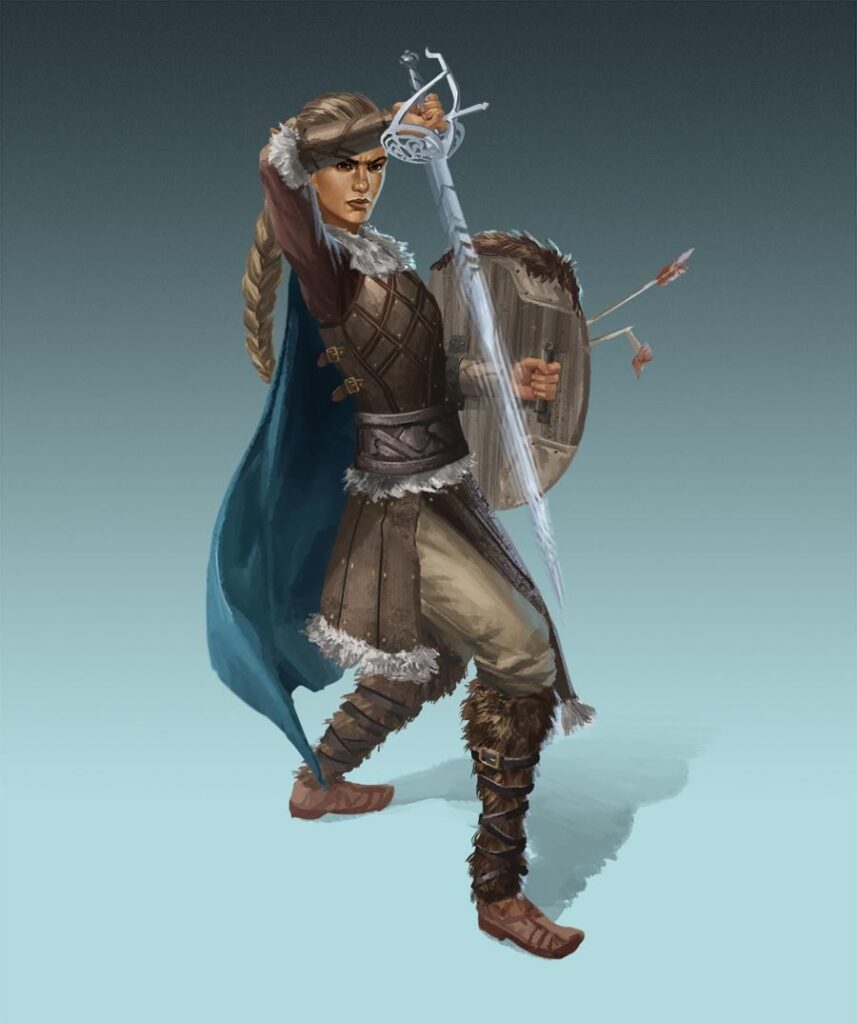
Picking the right maneuvers depends on your role:
At level 3, start with three. At levels seven, ten, and fifteen, add more. Stay flexible by combining offensive and utility; you have plenty of fuel from your dominance dice (4 at initially, up to 6 later).
These tricks make your maneuvers hit harder and smarter.

Maneuvers elevate the Battle Master above basic fighters. They’re not just extra damage—they’re options. You can disarm a boss, trip a horde, or toss a net to stop a retreat. You can create a fighter that is exclusively yours by giving priority to the best features, such as Quick Toss’s bonus-action genius or Precision Attack’s clutch accuracy, using grades ranging from Red to Blue.
Ready to wield these maneuvers? Pick your favorites, pair them with your weapon and feats, and take control of combat. This guide serves as your road map; for further information, see our build guides or frequently asked questions. Learn your moves, learn how to fight.
Battle Master 5e – Your ultimate guide to mastering the Battle Master subclass in D&D 5e. Explore builds, maneuvers, strategies, and expert tips to dominate the battlefield.

Copyright 2025 Battle Master 5e. All Rights Reserved.